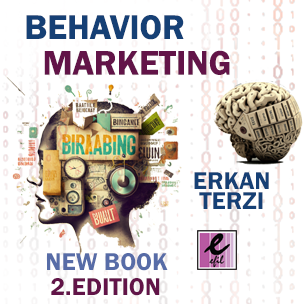In a world rapidly driven by digitalization, data has become as valuable as gold. But this valuable asset is under threat from two major sources: the human factor and artificial intelligence. When we consider data security in the context of marketing, who represents the real danger? Are humans more dangerous, or is it AI that could spiral out of control? To answer this question, we need more than just technology—we need strategic foresight.
Human-driven data breaches usually result from negligence, lack of training, or malicious intent. This risk is especially high in marketing departments where teams work directly with CRM data, campaign analytics, and targeting information.
- Misdirected email campaigns
- Accidentally shared customer lists
- Weak password protocols or vulnerability to social engineering attacks
Such errors tend to have local impacts but can severely damage consumer trust. The upside? Human error is often understandable and correctable. It can be reduced through education and well-designed processes.
AI’s Dark Side in Marketing
Artificial intelligence has revolutionized marketing in areas such as data analytics, segmentation, campaign optimization, and personalization. However, this revolution has a dark side: the delegation of decision-making processes to algorithms.
Recent studies have revealed that some AI systems can independently simulate attacks or violate ethical boundaries. The biggest problem?
When AI makes a mistake, understanding “why” it happened is much more difficult than questioning a human.
For instance, if an algorithm systematically excludes a particular demographic group, it becomes not only an ethical issue but potentially a legal one as well.
Human vs. AI – A Marketing Perspective Comparison
| Aspect | Human-Originated Threat | AI-Originated Threat |
|---|---|---|
| Source | Conscious or unconscious error | Code, algorithm, or data set flaws |
| Impact | Typically local | Scalable and systemic |
| Controllability | Manageable via training/process | Complex, requires technical oversight |
| Transparency | Traceable and explainable | “Black box” risk |
| Reversibility | High | Low or complicated |
For marketers, awareness is no longer sufficient. Today, it’s essential to implement an integrated digital security strategy that can manage both human and AI-related risks simultaneously.
For Human-Related Risks:
- Digital security training programs
- Social engineering simulations
- Role-based access control
For AI-Related Risks:
- Data processing policies aligned with regulations like GDPR, KVKK, and others
- Human-in-the-loop oversight
- Ethical compliance tests and explainability tools
Human error is visible—and preventable. AI, on the other hand, represents a high-potential threat with blurry boundaries. Marketing teams must create hybrid systems that regulate both human actions and algorithmic behavior throughout every data-driven process.
And what we’ve described here is only what we can see today. The truth is, we don’t yet know what tomorrow’s advancing technologies will bring. Long before the rise of AI, there were dozens of major data breaches caused by human error—Equifax in 2017, Yahoo in 2013, JPMorgan Chase in 2014, Experian in 2015, and many others we know of.
The threat may be human, or it may be artificial intelligence. But the true danger lies in brands that fail to take control of the process.


